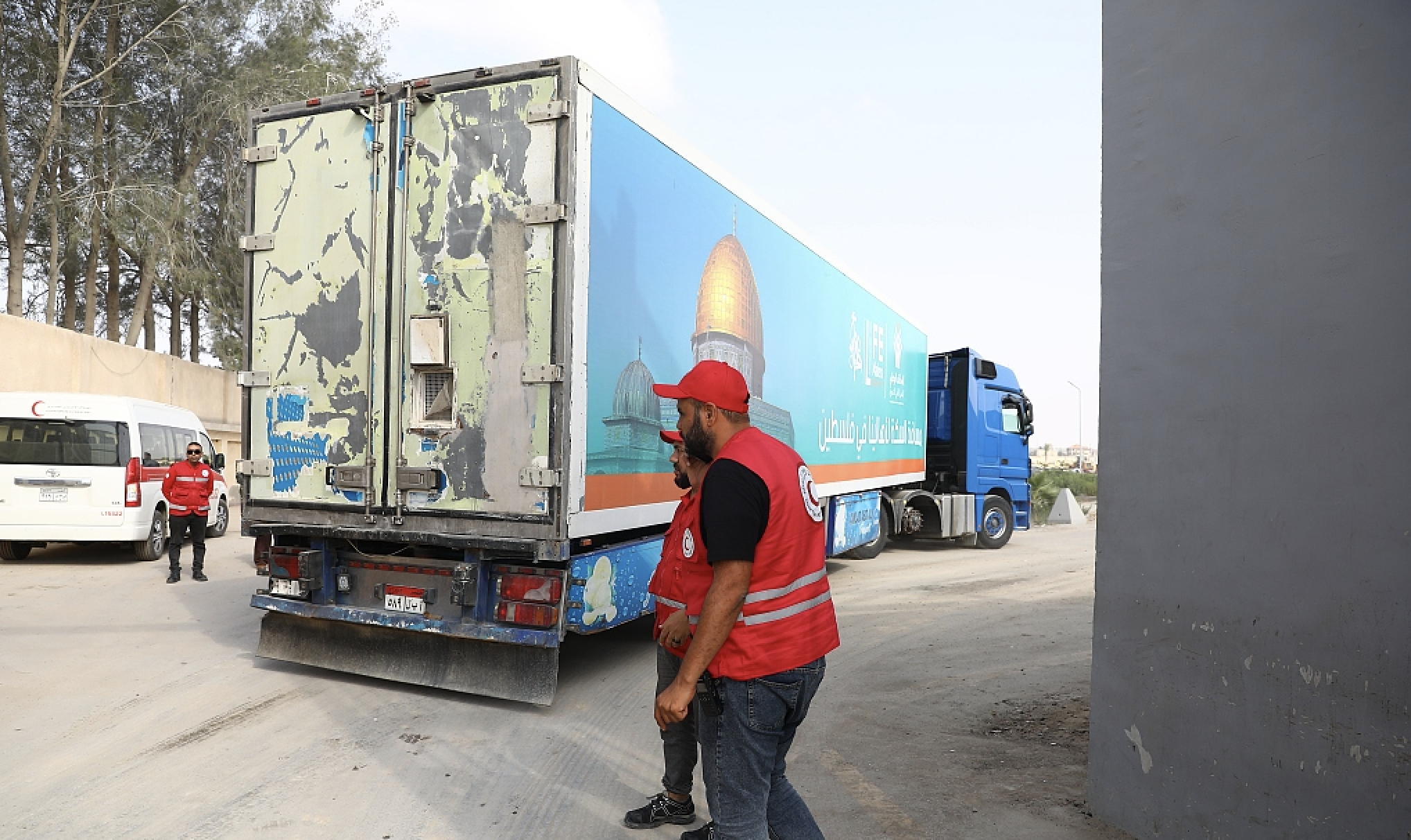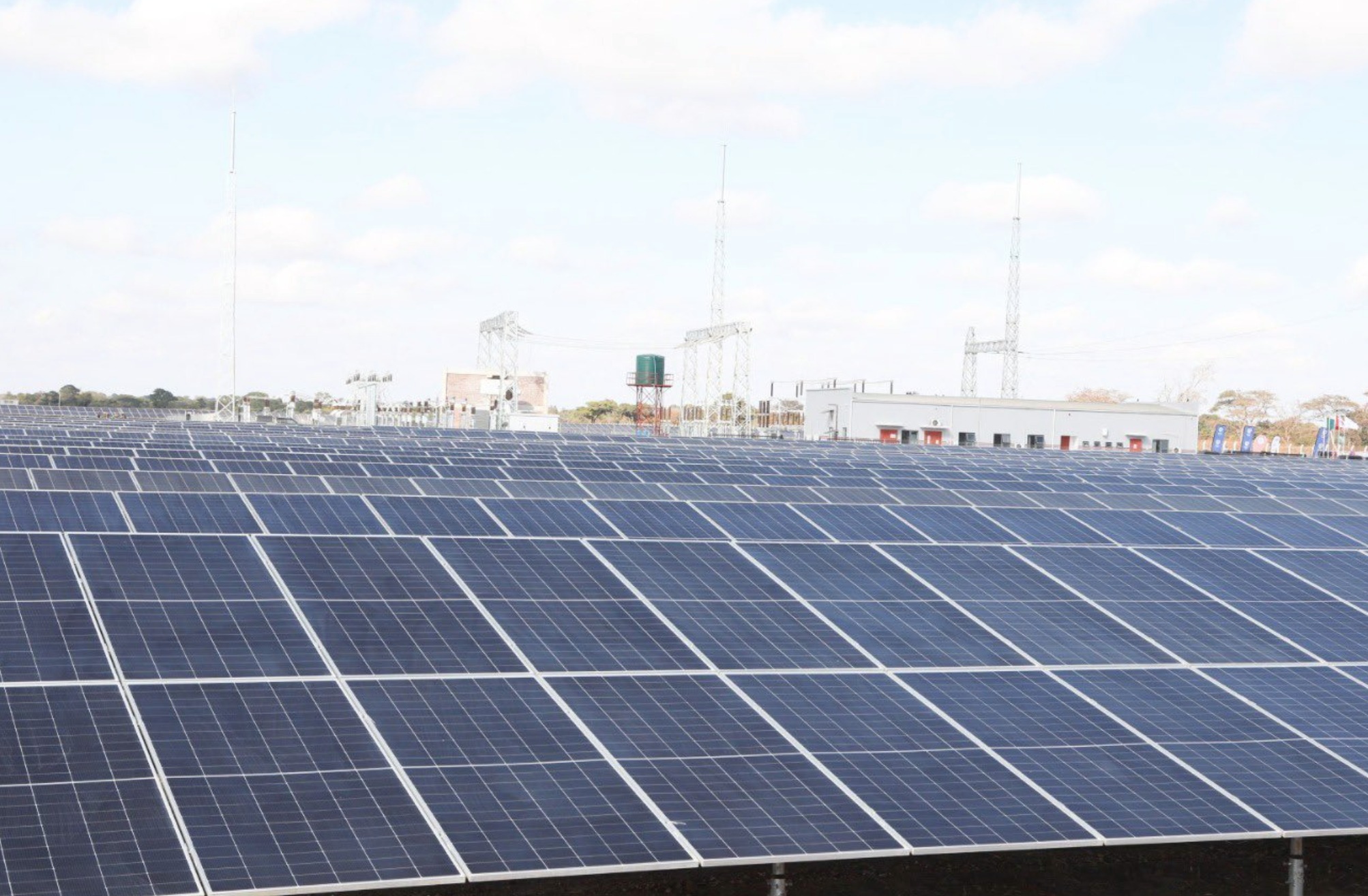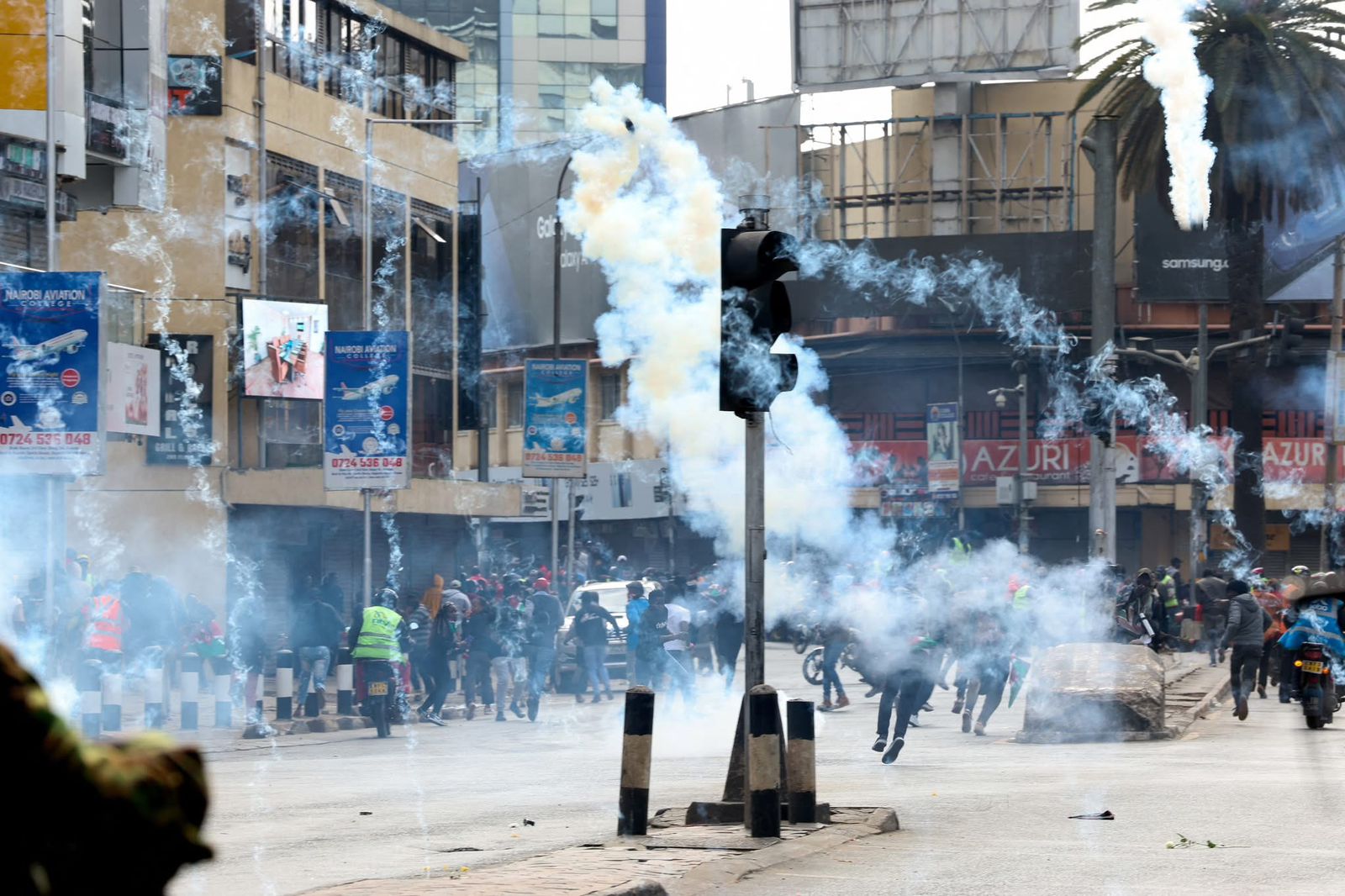
Second aid convoy enters Gaza Strip from Egypt
A second convoy of 14 aid trucks entered the Rafah crossing from the Egyptian side on Sunday night, as international pressure mounts to allow unhindered access for humanitarian deliveries into the conflict hit Palestinian enclave.
The latest arrival of trucks at the crossing point into Gaza came a day after another convoy of 20 trucks entered the region, delivering the much-needed humanitarian and medical aid.
Five United Nations agencies said in a joint statement that the initial aid was “only a small beginning and far from enough”.
The statement issued by the UN Development Programme (UNDP), the UN Population Fund (UNFPA), the UN Children’s Fund (UNICEF), the World Food Programme (WFP) and the World Health Organization (WHO), affirmed that the shipments will provide “an urgently needed lifeline to some of the hundreds of thousands of civilians, mostly women and children, who have been cut off from water, food, medicine, fuel and other essentials”.
According to the UN, more than 1.6 million people in Gaza are in critical need of humanitarian aid, with children making up nearly half the population, along with pregnant women and elderly persons.
Furthermore, two weeks of constant bombings have left much of the civilian infrastructure in Gaza damaged or destroyed, including shelters, health facilities, water, sanitation, and electrical systems.
The UN agencies called for a humanitarian ceasefire, along with immediate, unrestricted humanitarian access throughout Gaza to allow aid workers to reach civilians in need, save lives and prevent further human suffering.
“Flows of humanitarian aid must be at scale and sustained, and allow all Gazans to preserve their dignity,” they said.
They appealed for safe and sustained access to water, food, health – including sexual and reproductive health – as well as fuel, and for the protection of civilians and civilian infrastructure, including health facilities.






